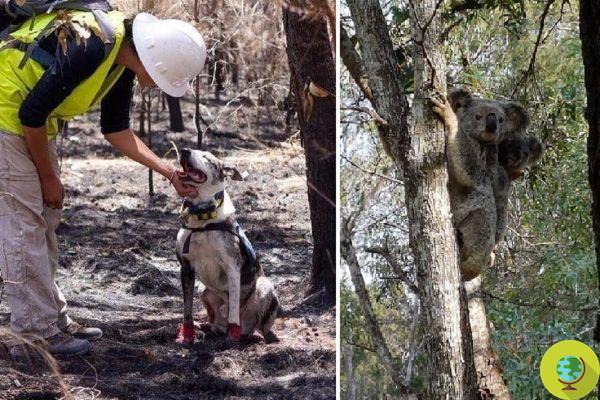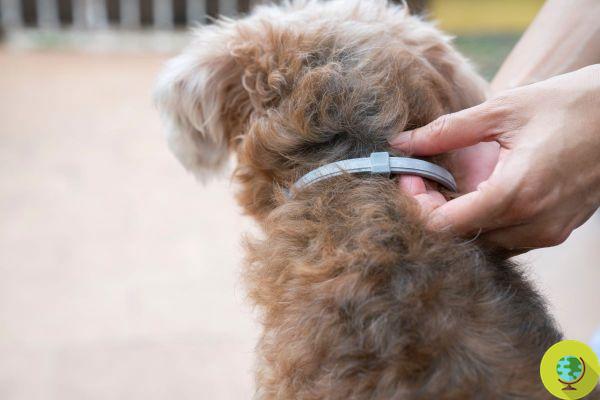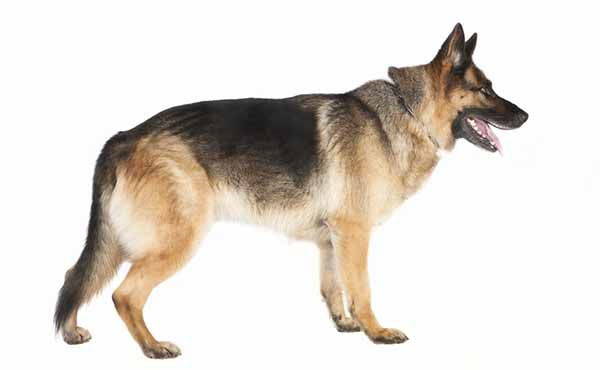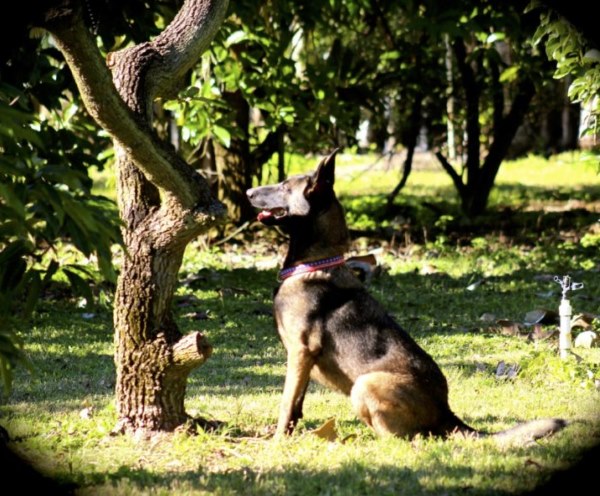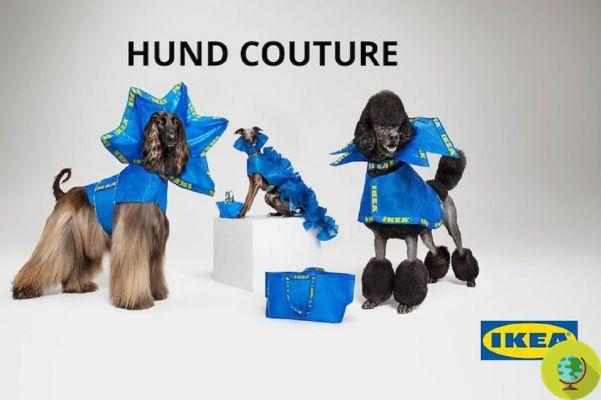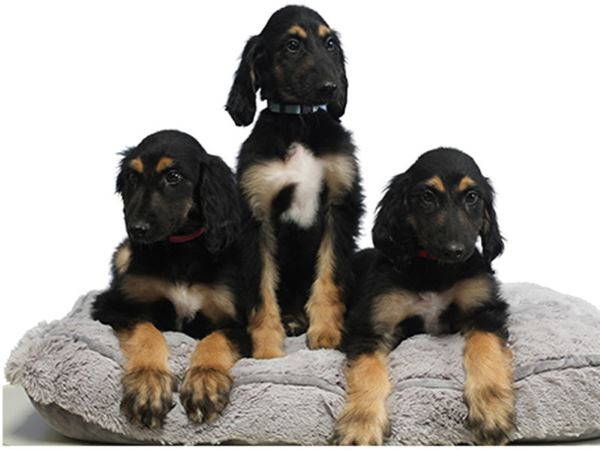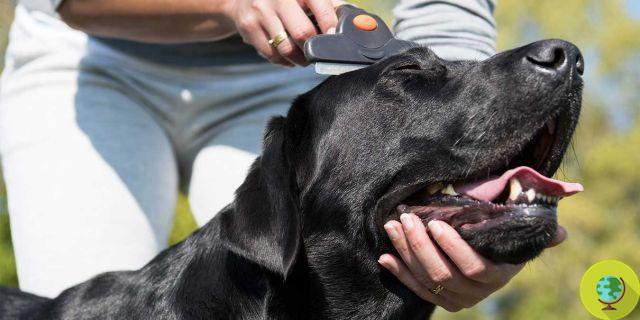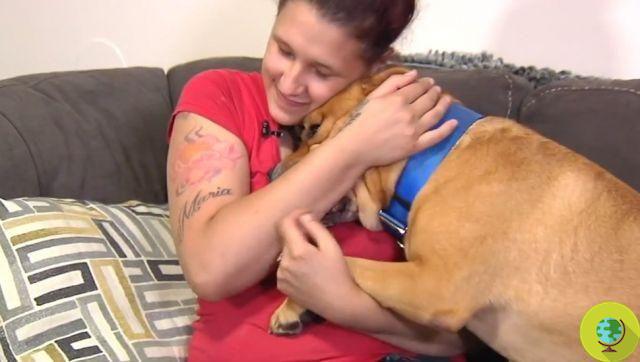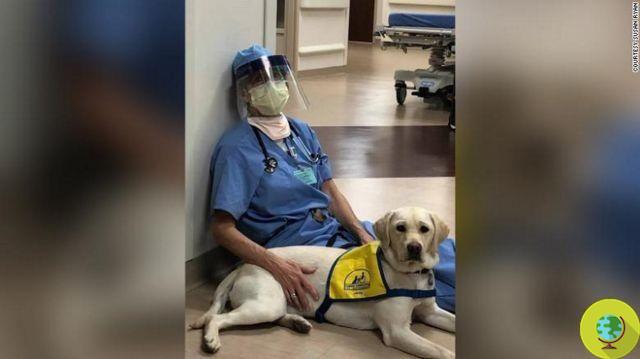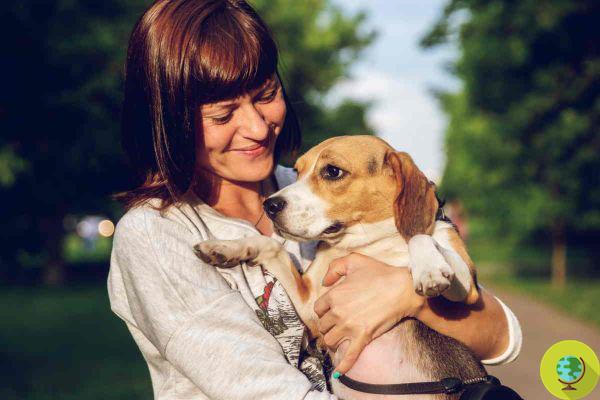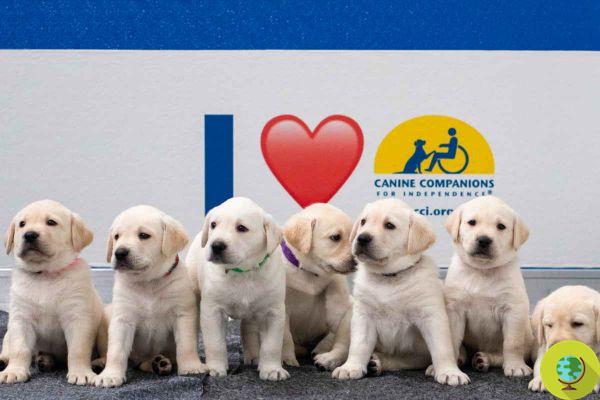Over the generations, humans have selected the dogs that best communicated their feelings with facial expressions
He is about to end up run over, his mother saves himOver the generations, humans have selected the dogs that best communicated their feelings with facial expressions
When a dog needs something, he turns to us by raising his eyebrows. And we, unable to resist that tender gaze, can do nothing but indulge the animal in its desire for him. This trait of the dog's physiognomy and the power it has in the man-dog relationship is obviously not the result of chance. According to a new study by Harvard University researchers, dogs would have developed specific muscles around the eyes that make them more expressive and communicative - such muscles would be lacking in the structure of wolves, the animals most similar to dogs.
The researchers compared the facial anatomy of six domesticated dogs and four gray wolves, along with changes in the behavior of nine wolves and twenty-seven stray dogs. It was found that all dogs, regardless of breed, they are endowed with a particular muscle which pulls the lateral corner of the eyelid towards the ear each time it is contracted. This small muscle, called levator anguli oculi medialis, does not exist in wolves and this means that it is the result of canine domestication by humans.
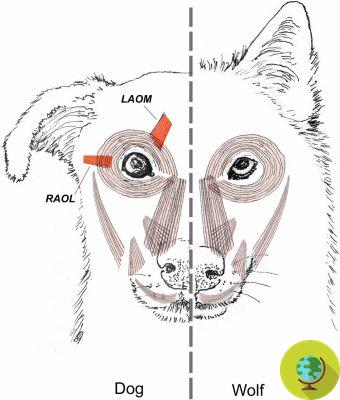
Here's what distinguishes a dog's face from a wolf's (@ PNAS)
In practice, in 33.000 years of domestication of the species, the facial anatomy of the dog's muscles has changed specifically for meet the communicative needs of man. In fact, to demonstrate the use of this muscle in human communication, the researchers put some volunteers in front of wolves and in front of dogs: compared to wolves, dogs raise their eyebrows much more frequently and with greater intensity when they find themselves in front of the human being.
This extra muscle allows dogs to be more expressive, and the researchers suspect that it is the result of the human tamer's preference for traits that somehow facilitate communication between humans and dogs: over time, the dogs considered most expressive have been "selected" by humans and bred more frequently than less expressive dogs. In practice, humans show more empathy and generosity with dogs with neotenic (i.e. child-like) traits - such as big eyes, broad foreheads, and so on - and are more likely to feed and care for them.
Follow your Telegram | Instagram | Facebook | TikTok | Youtube
Source: PNAS
We also recommend:
- Is it a dog or an antique painting? Here is the optical illusion that is confusing the web
- Not just chocolate! These two vegetables, precious for our kitchen and our health, are toxic for dogs
- Don't underestimate when your dog stops eating, it could be a sign of cancer if accompanied by these symptoms





